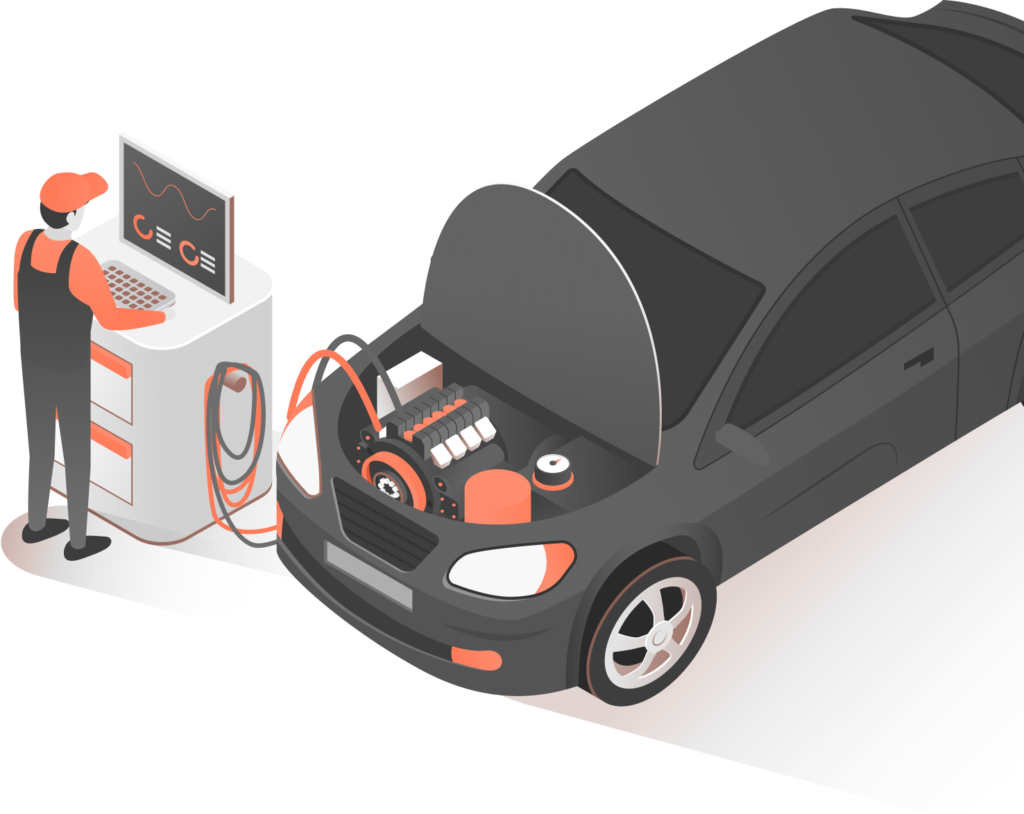An oil pressure sensor is a device mounted in your engine block that detects or measures the amount of oil pressure inside the engine.
Your engine needs oil in order to run. Otherwise, significant damage can occur to the fast-moving parts inside - the valves, pistons, camshafts, and much more. That is because oil forms a wafer thin layer of lubricant to keep all of those components from coming into metal-on-metal contact with each other.
But the engine requires more than oil inside; it also needs that oil to be under a certain amount of pressure so that it will adequately circulate throughout the engine and through the oil filter. Information collected from the oil pressure sensor is sent to the engine’s main computer, the Engine Control Module (ECM).
When the pressure drops below a certain threshold because of a problem with one or more engine components, the computer goes into action to protect your engine. It will turn on a warning light to let you know the pressure has dropped. It might flash the light if it is dangerously low. And if the problem is severe enough, the ECM might place your vehicle into “limp mode”, allowing only partial throttle operation and low engine output to prevent damage.
In order to replace the oil pressure sensor in your vehicle, a technician will first need to discover where the sensor is located. Various vehicle manufacturers mount the sensor at different points in the engine block or cylinder head - there is no standard position for the sensor. Once the sensor has been located, the technician will need to remove any shields, guards, engine components, or any other items that are in the way of access to the oil pressure sensor. This procedure differs from one vehicle to the next.
After gaining access to the oil pressure sensor, the technician will disconnect the negative terminal on your battery, taking care to preserve the computer memory in your vehicle. The electrical connector that attaches to the sensor is also unplugged. Next, the sensor is unscrewed from its mount and removed from the engine. The new sensor is installed (often requiring a special sealant on the threads) and torqued to manufacturer’s specifications.
Once the wires are plugged back into the sensor, the other components that were removed are reinstalled. The technician will start your vehicle and verify that it is working properly and clear any diagnostic trouble codes as necessary.






This is demo Question
This is demo Answer

Related Parts
